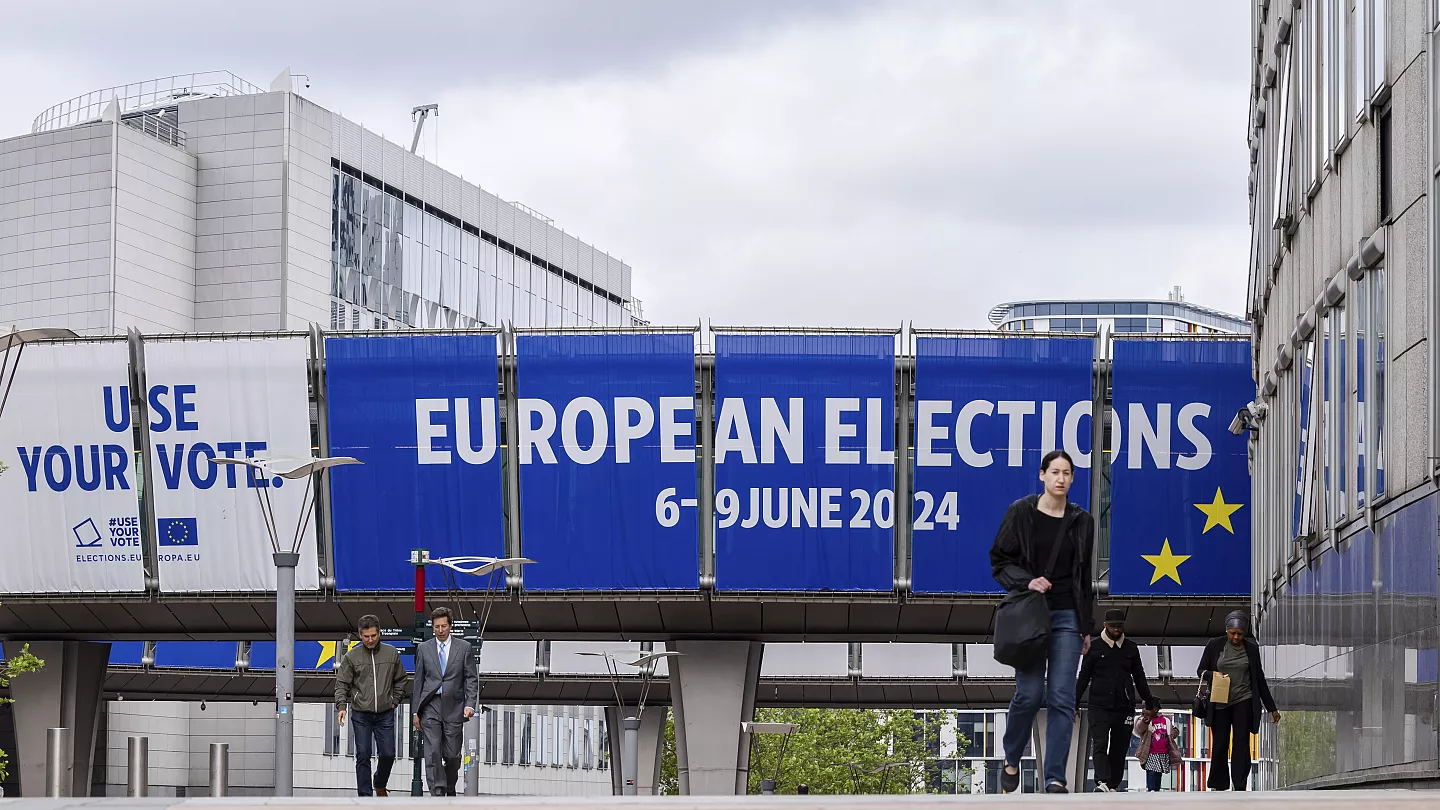From June 6–9, EU voters will head to the polls in the EU elections to elect the next European Parliament, facing significant challenges including migration management, climate change policies, and defence reforms driven by the Ukraine war. Approximately 373 million voters across 27 countries will participate in the world’s second-largest democratic exercise.
The 720-member parliament, long regarded as the weakest EU institution, has gained influence, especially in shaping the EU budget. Among its first tasks will be confirming the 27 members of the European Commission, including its president, currently Ursula von der Leyen, who is seeking a second term. The results of the EU elections will indicate future power dynamics and alliances.
Green Deal at Stake in EU Elections
The upcoming EU elections are crucial for von der Leyen’s Green Deal, aimed at making Europe the first climate-neutral continent by 2050. Despite early successes, the Green Deal has faced setbacks due to the COVID-19 pandemic and the war in Ukraine. Von der Leyen recently withdrew a plan to reduce pesticide use by 2030 after farmer protests.
Experts warn that the rise of far-right parties, who oppose the Green Deal, could jeopardize key provisions. “The European Green Pact is the most ambitious plan ever adopted for the climate,” says Caroline François-Marsal of the Climate Action Network.

Migration Policy Debate Dominates EU Elections
Migration remains a divisive issue in the EU elections. The bloc’s current policy was shaped by the influx of migrants in 2015–2016, leading to agreements with Turkey, Libya, Tunisia, Mauritania, and Egypt to curb migration. The EU also doubled Frontex’s budget to strengthen border control.
The New Pact on Immigration and Asylum, adopted this year, includes a procedure to filter migrants at EU borders and uphold the Dublin Regulation. However, 15 member states have called for tougher measures, highlighting a divide between left and right on migration policy. The next EU legislature will need to address both irregular and legal migration.
Defence Overhaul Post-Ukraine
The Ukraine war has prompted significant changes in EU defence policy. The European Defence Fund (EDF) and European Peace Facility (EPF) have been key in fostering cooperation and financing arms supplies to Ukraine.
New initiatives like the European Defence Industry Reinforcement through the Common Procurement Act (EDIRPA) and the Act in Support of Ammunition Production (ASAP) aim to streamline and boost EU defence capabilities. The long-term European Defence Industrial Strategy (EDIS) seeks to invest in EU-wide defence projects and reduce reliance on non-EU contractors.
Read Also: E.U Thinks Football Is Now Politics!
The next EU Parliament and Commission will face the challenge of funding and implementing these defence initiatives, with budget negotiations for 2028-2034 being crucial.
- Source: France 24




